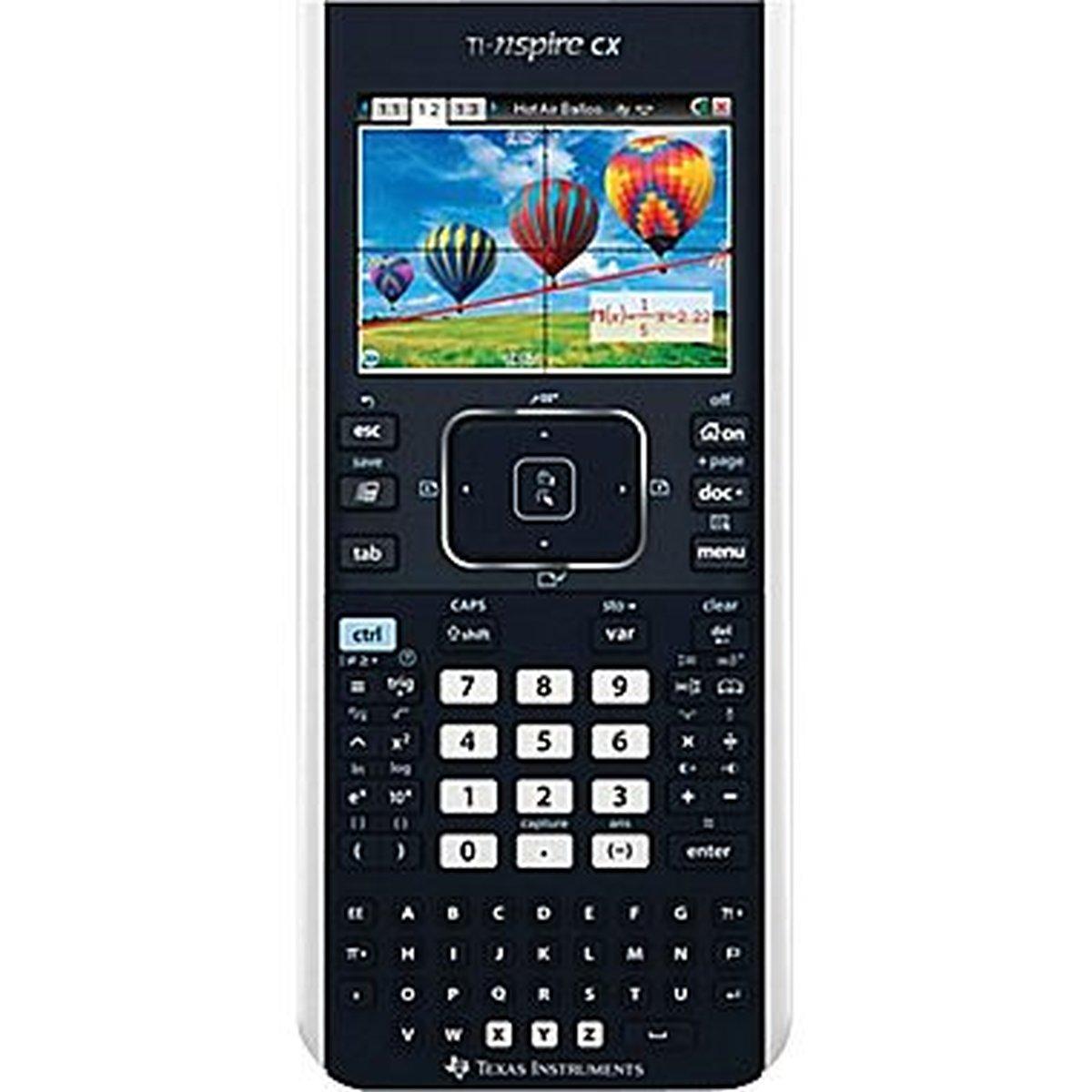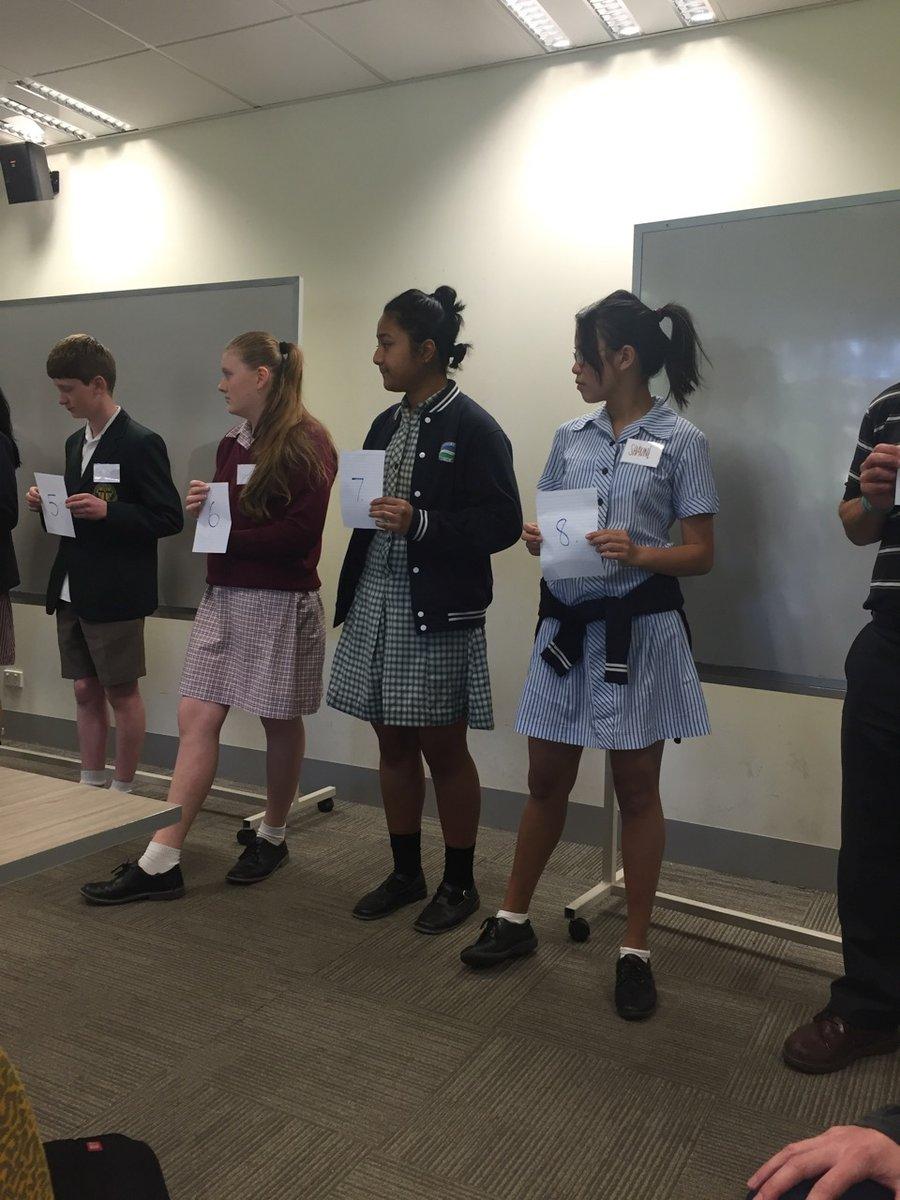MATHEMATICS

CAS CALCULATORS
Any student studying one or more of the following 2016 subjects will be required to have a 'Texas Instruments Nspire CX CAS Graphing Calculator' to use within their classes next year.
- Year 9 SEAL Program
- Year 10 General Maths
- Year 10 Mathematical Methods
- Year 10 Specialist Mathematics
- Unit 1/2 General Mathematics
- Unit 1/2 Mathematical Methods
- Unit 1/2 Specialist Mathematics
- Unit 3/4 Further Mathematics
- Unit 3/4 Mathematical Methods
- Unit 3/4 Specialist Mathematics
These calculators will be available to be purchased from the school's Main Office at the beginning of 2016 and will be regularly used within your child’s class as they progress through VCE Mathematics.
MATHS LIKE A MATHEMATICIAN EXCURSION - November 26
The best way to answer Mathematical problems is to get a group of people together to share strategies and think about the problem.
The ARC Centre of Excellence for Mathematical and Statistical Frontiers (ACEMS) and The University of Melbourne are doing just that! Students get to meet and work with mathematicians and like-minded students and work on challenging problems.
Laura Kaspar
.....................................................
On November 26, myself, Kaitlin Toleman and Hannah Zinnack, under the supervision of Mrs Kaspar, went to Melbourne University to take part in an event organised by the Australian Research Council Centre of Excellence for Mathematical and Statistical Frontiers (otherwise known of as ACEMS).
We arrived at Lilydale Station, took a train to Melbourne Central Station, and then took a tram to Melbourne University. We left the tram, went to the Alice Hoy Building, and found Room 242. There, everyone was already preparing for the start.
We went to a table, where there was an actual Mathematician from the University. We each got a USB stick and a nametag, and there were a bunch of workbooks that we had to wait to open. The people in charge of it got one person from each
table, and gave them a sheet of paper with a number from 1 to 10 on it. They had to organise so that no person's number was next to the number that was before or after it. For example, 2 couldn't go next to 1 or 3.
After that was worked out, they went to take away the people with 9 and 10, and then they redid it. They continued going until it was impossible, so the smallest amount of numbers required was 4.
They then got us to think about the question where no number could be next to its two nearest neighbours. The smallest number required for that is six.
Continuing on, we had to make more calculations, like a formula for the smallest number required for any distance, and the pattern of the numbers, which we solved.
We could then go into the workbook to look at other things. One of the puzzles to do was to solve a magic triangle, where each row added up to the same number. We could also come up with alternatives to that.
Another one was to work out the winning strategy for a game called Race To The Nugget. You played on a 9 x 5 square board. The player who started would place an X or an O in the bottom-left square, and the next player would place their mark above, to the right, or to the top-right of the previous mark. This would repeat, and the goal was to get to the nugget in the top-right corner of the screen.
And then it was time to go home. It was a very good event, and I would certainly go again.
Nicholai Johnson Shortis 7.37A
Thomas Moore
Head of Mathematics



